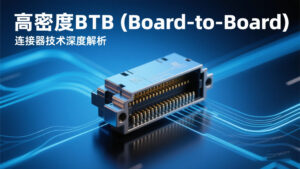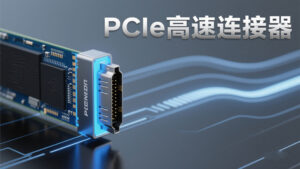A comprehensive breakthrough in LPDDR5 memory technology
1.1 Evolution of key performance parameters
| parameters | LPDDR4X | LPDDR5 | LPDDR5X |
|---|---|---|---|
| speed | 4266Mbps | 6400Mbps | 8533Mbps |
| bandwidths | 34.1GB/s | 51.2GB/s | 68.3GB/s |
| operating voltage | 1.1V | 1.05V | 0.9V |
| Number of Banks | 16 | 16+16 | 32 |
Innovative technology highlights:
- Dynamic voltage regulation (DVFS): Support 0.5V~1.05V real-time adjustment
- Deep Sleep Mode: Reduce standby power consumption to less than 5mW
- Bank Group structure: Parallel Access Latency Reduction 30%
1.2 Packaging process innovation
- PoP stacking: 12-layer DRAM die vertical integration
- TSV Silicon Through Hole: 3D stacking pitch reduced to 40μm
- Ultra-thin package: 1.1mm thickness to meet folding screen requirements
Second, UFS3.1 storage technology depth analysis
2.1 Key to Performance Leaps
- interface speed: 23.2 Gbps (HS-Gear4)
- random access (memory): 100K/70K IOPS (3x improvement)
- sequential reading and writing: 2100/1200MB/s
Core technology breakthroughs:
- Write Booster: SLC cache accelerated writes
- HPB technology: Host Performance Booster reduces FTL overhead
- DeepSleep: Standby power consumption <2mW
2.2 3D NAND Innovation
- Stacked Layers:: 176 layers become mainstream
- Xtacking Architecture: Logic/memory cell independent processing
- QLC particles: Single die capacity up to 1.33Tb
III. Mobile SoC storage subsystem design
3.1 Advanced Interconnection Architecture

- Shared Bus Design: Chart Code Download CPU Shared Memory Controller LPDDR5 PHYUFS3.1 Controller
- cache coherence: Adoption of the ACE-Lite protocol
3.2 Energy Efficiency Optimization Program
- Intelligent prefetching: Accuracy increased to 85%
- data compression: Storage Bandwidth Demand Reduction 30%
- temperature regulation: Dynamic downscaling threshold 55°C
Fourth, terminal application scene analysis
4.1 Flagship Smartphones
- Typical Configuration::
- 12GB LPDDR5 + 512GB UFS3.1
- Memory bandwidth utilization of 92%
- Special Optimization::
- Camera Burst Cache: 8GB/s peak throughput
- Game texture loading: latency <5ms
4.2 In-vehicle Smart Cockpit
- Increased reliability::
- -40℃~105℃ wide temperature support
- 300,000 PE cycles durability
- Safety Features::
- Real-time encryption engine
- Securely isolate storage partitions
4.3 AR/VR equipment
- Low latency requirements::
- Memory access latency <80ns
- Storage Read QoS Assurance
- High-bandwidth applications::
- 8K video buffering: 15GB/s bandwidth usage
V. Industry Chain and Market Pattern
5.1 Technical routes of major suppliers
| company | LPDDR5 Features | UFS3.1 program |
|---|---|---|
| the belt of Orion | 16Gb single die capacity | 1TB single package |
| Micron corporation | 1α nm process | 176-layer 3D NAND |
| armor warrior | Four-channel design | BiCS FLASH Generation 5 |
5.2 Cost structure analysis
- LPDDR5 chip::
- Wafer Cost: $5000/chip (12-inch)
- Cost of testing: 18% of total cost
- UFS3.1 module::
- NAND percentage: 62%
- Controller: 25%
VI. Next-generation technology evolution
6.1 LPDDR6 Outlook
- speed target: 12.8 Gbps (2024)
- Innovative directions::
- PAM4 signal modulation
- 3D Stacked Memory Cubes
6.2 UFS 4.0 Technology Preview
- Interface Upgrade: HS-Gear5 (46.4 Gbps)
- efficiency ratio: Lift 50%
- new feature::
- Multi-cycle Queuing (MCQ)
- Adaptive thermal management
VII. Industry challenges and responses
7.1 Technical bottlenecks
- signal integrity:: ISI deterioration at >10Gbps rate
- Thermal limitations: 3D stacking leads to thermal density >100W/cm²
7.2 Solutions
- Material Innovation: Low-alpha encapsulation material
- Design Optimization: Distributed Power Networks
- Test improvements: Silicon validation test coverage increased to 99.91 TP3T




